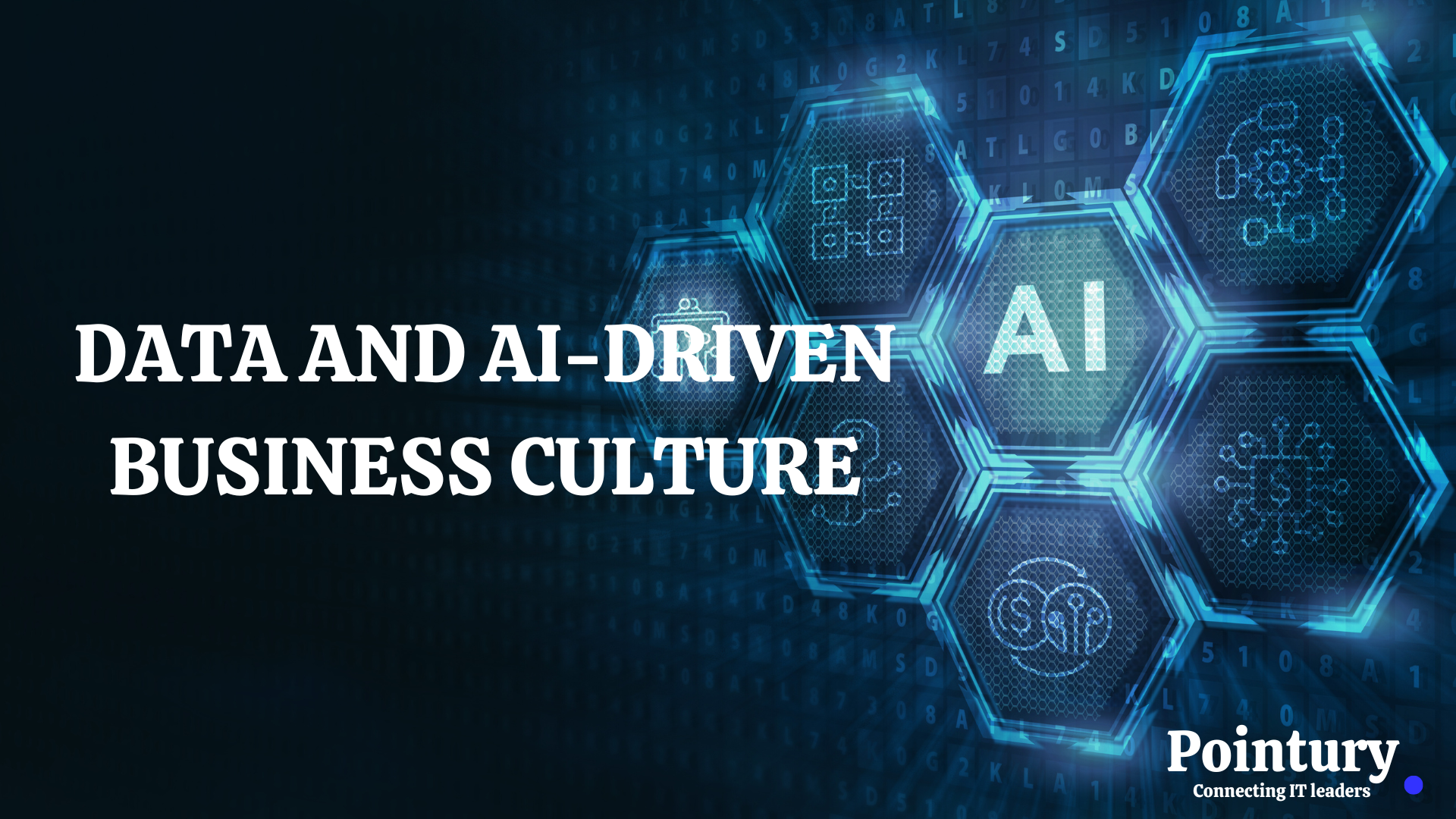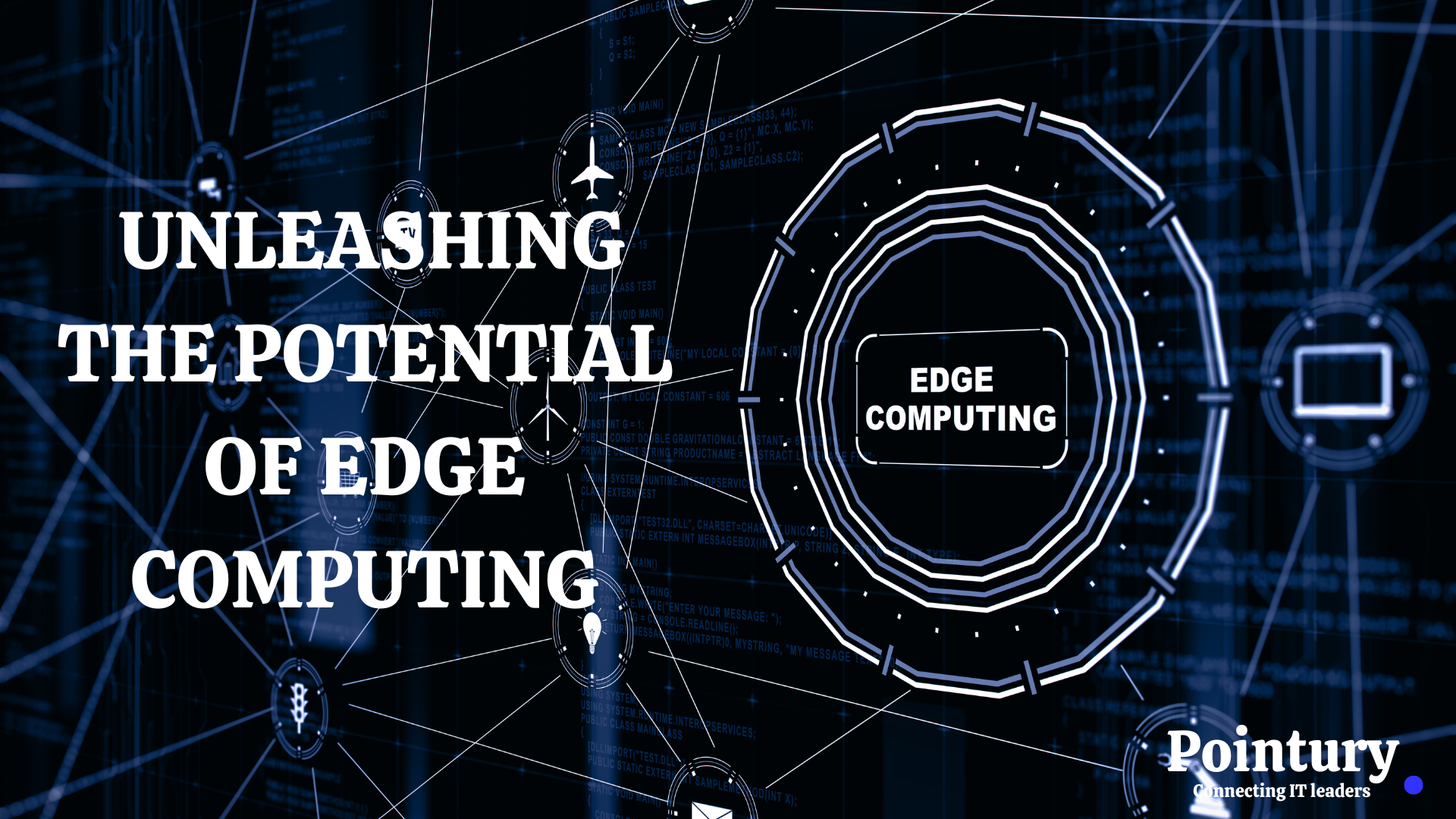BUSINESS OF CYBERCRIMINALS

The Business Model of Cybercriminals
Profits, Tactics, and Countering Strategies
In the shadows of the digital landscape, an underground economy thrives—one driven by the illicit activities of cybercriminals. Far from being isolated actors, these individuals operate within a sophisticated business model that mirrors legitimate enterprises in its pursuit of profit. This article unveils the intricate framework of the cybercriminal business model, delving into its motives, tactics, and the imperative strategies organizations must adopt to counter this pervasive threat.
1. The Motives Behind Cybercrime
At the core of the cybercriminal business model lies a profit-driven motive. The allure of financial gain attracts a diverse range of actors, from lone hackers to organized crime syndicates. These motives manifest in various forms, including ransomware attacks, data breaches for sale on the dark web, and the creation of botnets for distributed denial-of-service attacks.
2. Infrastructure and Tools for Hire
Similar to legitimate businesses, cybercriminals leverage an infrastructure of tools and services for hire. Malware-as-a-Service (MaaS) platforms allow even individuals with limited technical expertise to launch attacks. These platforms offer subscription-based models, providing criminals with easy access to sophisticated tools, exploit kits, and malware variants.
3. Monetising Stolen Data
Data breaches yield a treasure trove of valuable information, ranging from personal and financial details to proprietary business data. Cybercriminals monetize stolen data by selling it on the dark web to identity thieves, fraudsters, and rival criminal groups. The stolen information fuels a black market economy that thrives on exploitation.
4. Ransomware Extortion
Ransomware attacks are a hallmark of the cybercriminal business model. Criminals encrypt victims' data, demanding ransom payments in cryptocurrency for its release. This strategy capitalises on organisations' urgency to regain access to critical data, often leading them to pay substantial sums.
5. Money Laundering and Cryptocurrency
To convert ill-gotten gains into legitimate currency, cybercriminals employ money laundering tactics. Cryptocurrencies, with their pseudonymous nature, serve as a favored medium for these transactions. Criminals exploit the decentralised nature of cryptocurrencies to obscure their tracks and launder funds without the oversight of traditional financial institutions.
6. Dark Web Marketplaces
The dark web hosts an ecosystem of marketplaces where cybercriminals transact. These underground forums facilitate the exchange of goods, services, and information, from stolen data to hacking tools. Escrow services, similar to e-commerce platforms, ensure secure transactions between criminals.
7. Strategies for Counteraction
Countering the cybercriminal business model requires a multi-faceted approach. Organizations must prioritize cybersecurity hygiene, investing in robust defenses against attacks. Regular employee training and awareness programs can mitigate the success of phishing attempts. Collaboration between law enforcement agencies, international cooperation, and regulatory measures play a vital role in disrupting criminal operations.
8. Innovative Defence Mechanisms
Adapting to the evolving cyber threat landscape, organisations are adopting innovative defence mechanisms. Threat intelligence sharing, behaviour based detection, and AI-powered security solutions offer proactive protection against emerging threats.
Conclusion
The cybercriminal business model poses a profound threat to organizations, governments, and individuals worldwide. Behind the scenes of ransomware attacks and data breaches, cybercriminals operate with the precision and calculation of legitimate businesses, capitalizing on digital vulnerabilities for financial gain. Countering this model requires a united front—organizations, law enforcement agencies, and cybersecurity experts collaborating to dismantle the infrastructure, disrupt the economy, and protect the digital realm.
The battle against cybercrime is ongoing, demanding vigilance, innovation, and a commitment to fortifying the digital landscape against those who exploit its vulnerabilities for personal gain. In this fight, the business model of cybercriminals serves as a stark reminder of the need for constant adaptation, resilience, and the relentless pursuit of a secure digital future.


